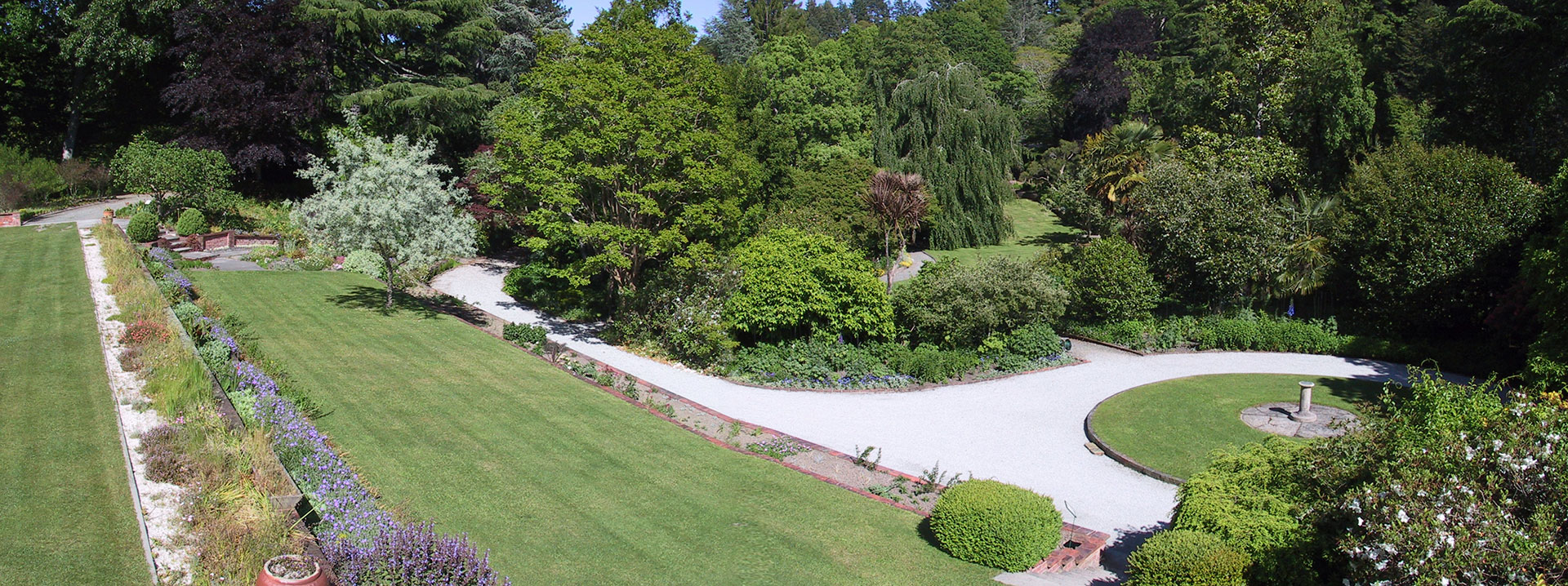
The Homestead Garden
Eastwoodhill Arboretum is recognised as a Garden of National Significance by the New Zealand Gardens Trust – the result of many years of hard work by volunteers and staff, particularly in the Homestead Garden.
The arboretum’s founder Douglas Cook began planting immediately after taking up this once scrubby block of land in 1910. In his first year, Cook planted roses, bulbs, vegetables, orchard trees and some woodlots around his cottage and in Orchard Hill valley. Many seeds of trees and shrubs were also purchased and sown.
However, Cook’s progress was interrupted in 1914 by WWI. An order of 100 trees and shrubs and 100 rhododendrons and azaleas arrived a week before he was due to leave for a training camp with the Wellington Mounted Rifles and it was a rush to get these planted.
Cook served in the Middle East, Gallipoli, Egypt, and France before being sent to Britain to recuperate from his war injuries. Here he admired the gardens of stately homes and was inspired to create an equally stunning garden at Eastwoodhill.
“I’d got the idea after staying with wealthy relatives and their friends, that I too could have lovely surroundings, even if I could never have a fine home and live as they did. That was the start of the park. A dignified park to drive through to my home, whatever its size,” said Douglas Cook, founder of Eastwoodhill Arboretum.
The present homestead was the third home on Eastwoodhill for Cook. The original house was burnt down, and its replacement was built to Cook’s own design specifications in four stages.
In the mid-1930s, Douglas employed a bricklayer to lay many yards of brick retaining walls and free-standing walls. A circular sundial feature and a set of Lutyens-inspired round steps were also laid.
Over the years, organisations such as the Youth Hostel Association, the National Party and Save the Children were given permission to hold open days at Eastwoodhill and keep the profits. Tea was served on the homestead terrace and the public had an opportunity to explore the surrounding garden.
In the later years of Douglas Cook’s life and after his death, many parts of the arboretum were neglected. Concerned about the deteriorating health of the Homestead Garden, four local women – Dawn Jefferd, Mary Bush, Robin McIldowie and Bev Bridge – formed a gardening group in 1984 and began the massive task of rejuvenating the garden.
In 1992 the Trust Board appointed Gordon Collier from Titoki Point to be responsible for the overall design of the Homestead Garden area and through Gordon’s input the garden has developed into a major attraction for the arboretum.
The Homestead Garden is 1.5 hectares and extends from the Visitor Centre to the Homestead and across to the Black Gates.
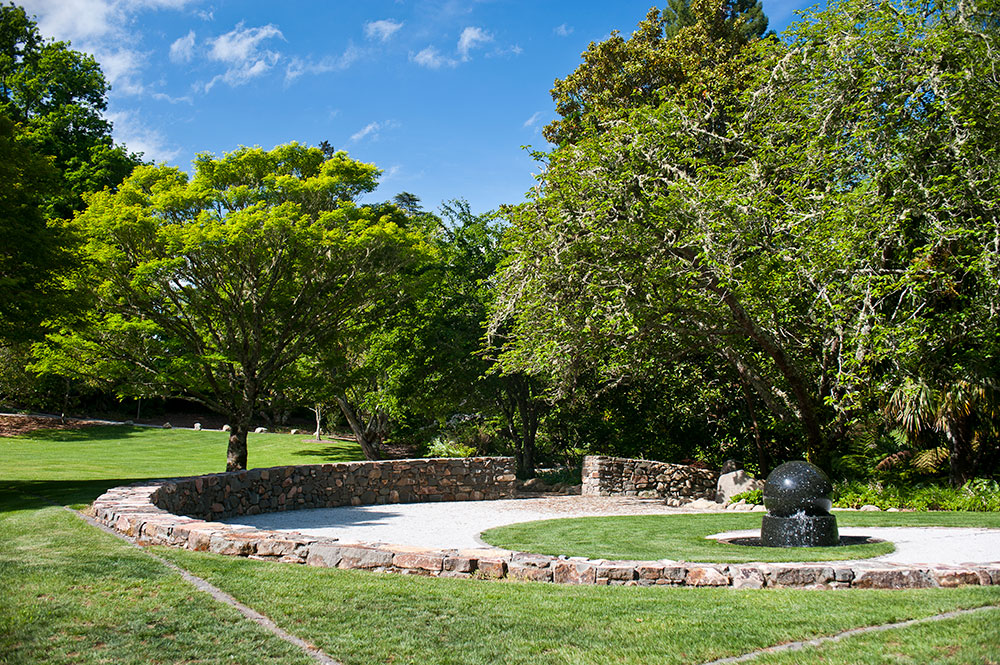
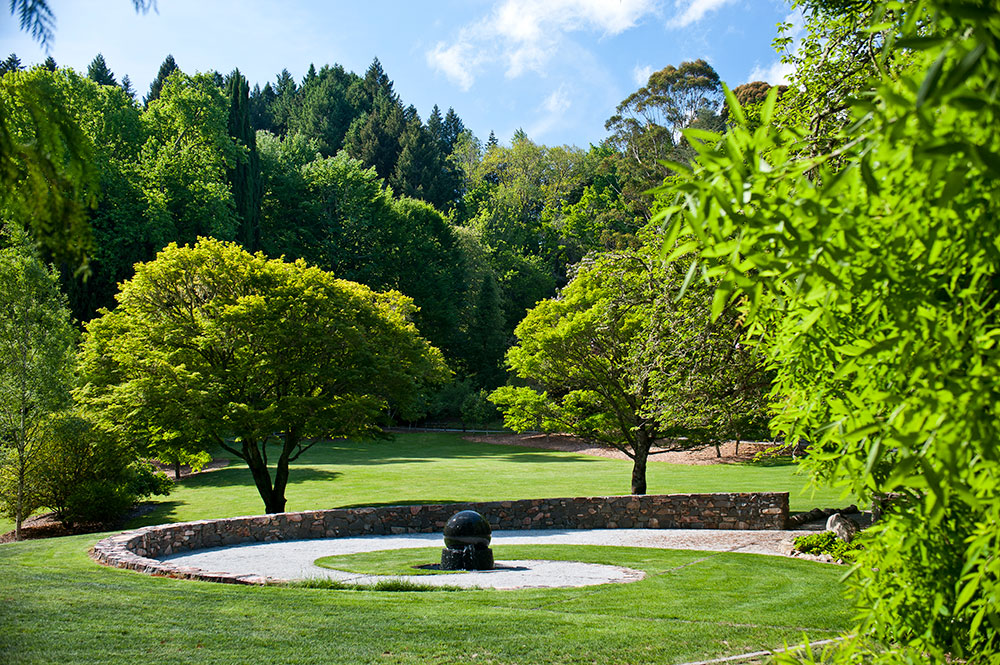
The Fibonacci Spiral
Constructed in 2009 as a memorial to Mr H.B Williams (Bill), who purchased Eastwoodhill from Douglas Cook in 1965 with the sole intention to ‘preserve it for the future and for the enjoyment of all interested in horticulture.’ Bill established the Eastwoodhill Arboretum Trust in 1975, which effectively gifted the Arboretum to New Zealand, securing its future. Financial contributions from Bill and other Williams family trusts established the Eastwoodhill Endowment fund, which allows continued management and development of the park. Bill died in 2002, having secured Eastwoodhill’s future and fulfilling the dream of Douglas Cook.
The Spiral
Eastwoodhill’s Fibonacci Spiral is an example of the ancient mathematical theory. The squares which relate to Fibonacci numbers are visible at ground level and are what the spiral intersects as it expands from the centre. Follow the spiral as it expands from it’s central point out into the Arboretum.
After extensive planning by the Williams family and designed by Landscape Architect Sue Dick, construction of the Fibonacci Spiral began in March 2009, and was completed in November 2009. Stonemason Aaron Boyle used Basaltic Andersite, a volcanic rock from Rainbow Mountain near Rotorua, for the central part of the spiral, shaping the rock by hand. As the spiral expands, the rock used changes to Limestone rock which is known for its preservation of fossils. The wall of Limestone was constructed using a ‘drystack’ method, a European style of construction using no mortar.
At the centre of the spiral is a Granite ball feature. This solid 750kg ball, imported from China is suspended by water in a system which involves only 15psi water pressure. This suspension eliminates friction and allows the ball to be rotated and spun with very little effort.
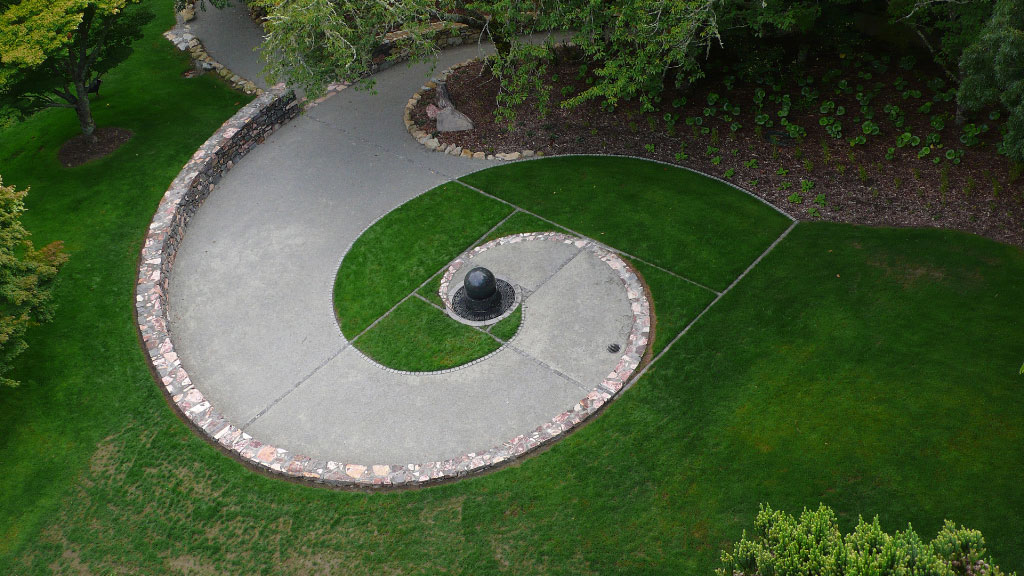
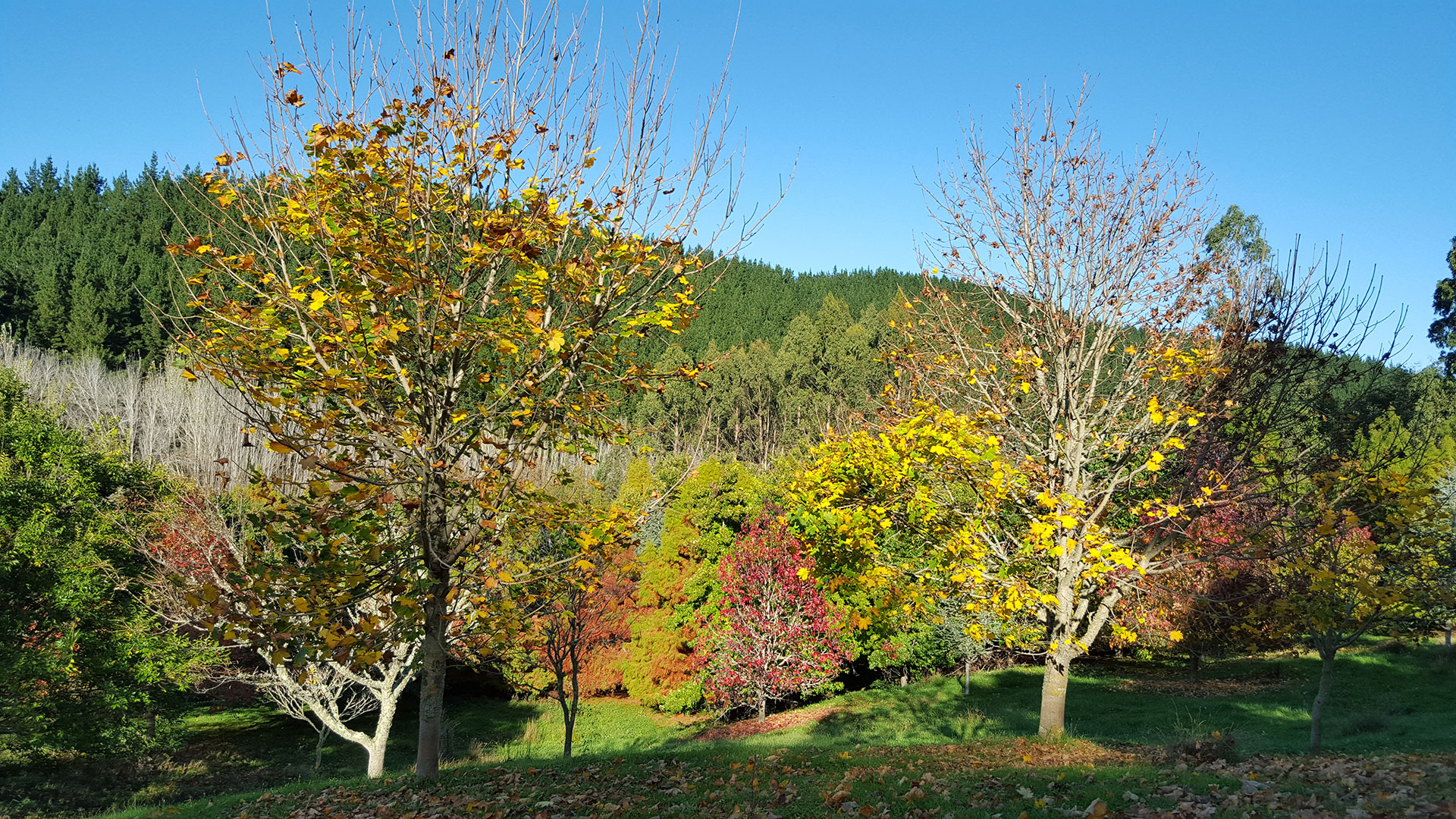
Millennial Wood
The Millennial Wood was established for the year 2000 celebrations and is a way for people to contribute to the running of the arboretum and leave a permanent reminder.
This 10ha area has been planted with over 1,000 trees that have historically thrived at Eastwoodhill and provide good autumn colour. Trees can be dedicated to family members, the passing of a loved one, or to signify an event or occasion.
Springfield
The Springfield Garden was planted during the late 1980s – early 1990s and includes a mixture of deciduous and evergreen material. The Green Walk winds its way around the Lagoon and up into Glen Douglas Garden.
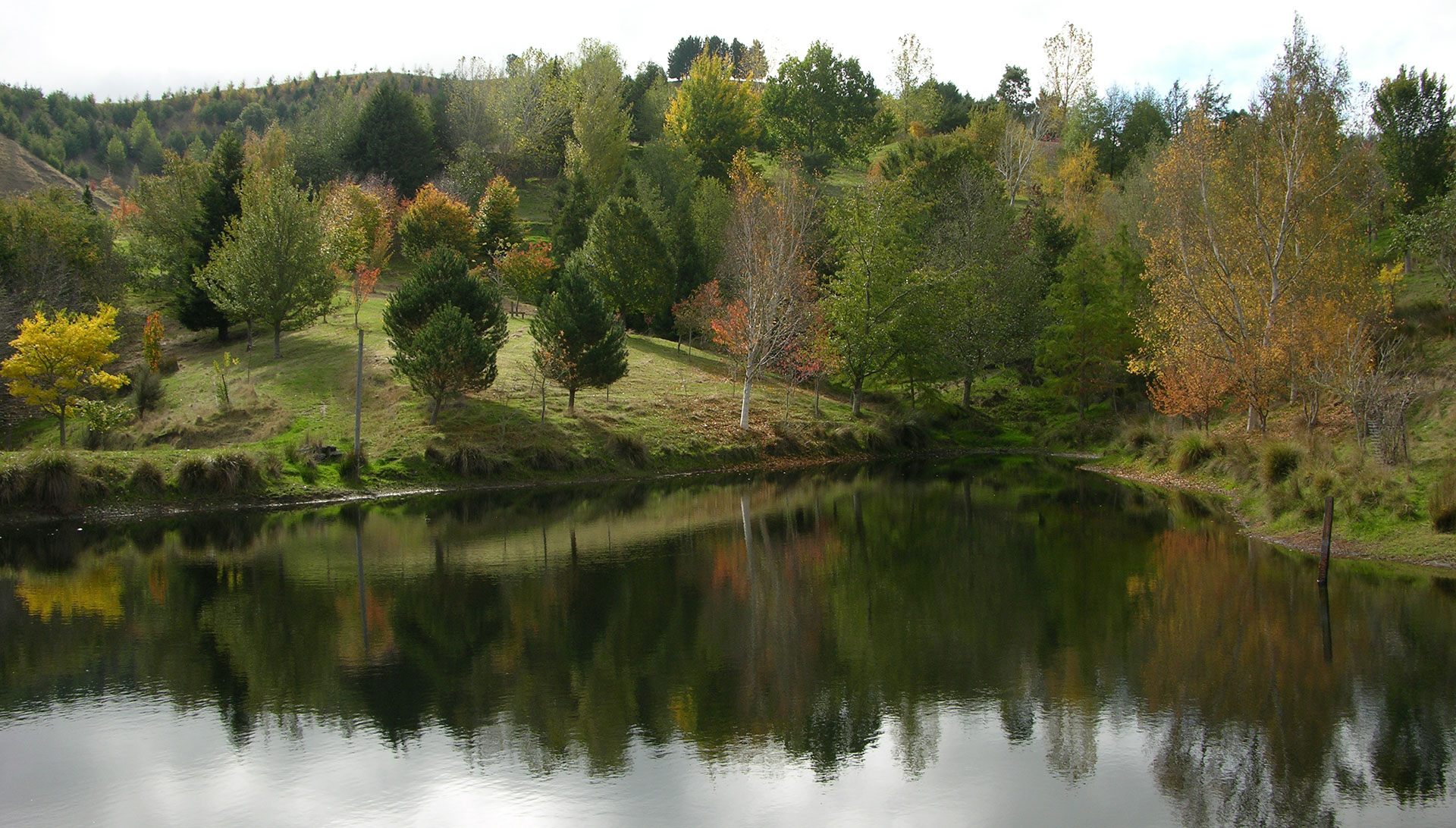
Mexico Way
Mexico Way was planted in the late 1980s and 1990s and along with China Corner, is one of the few geographical collections at Eastwoodhill with trees from Central and Southern America. Many of these trees have been introduced by Bob Berry of Hackfalls Arboretum.
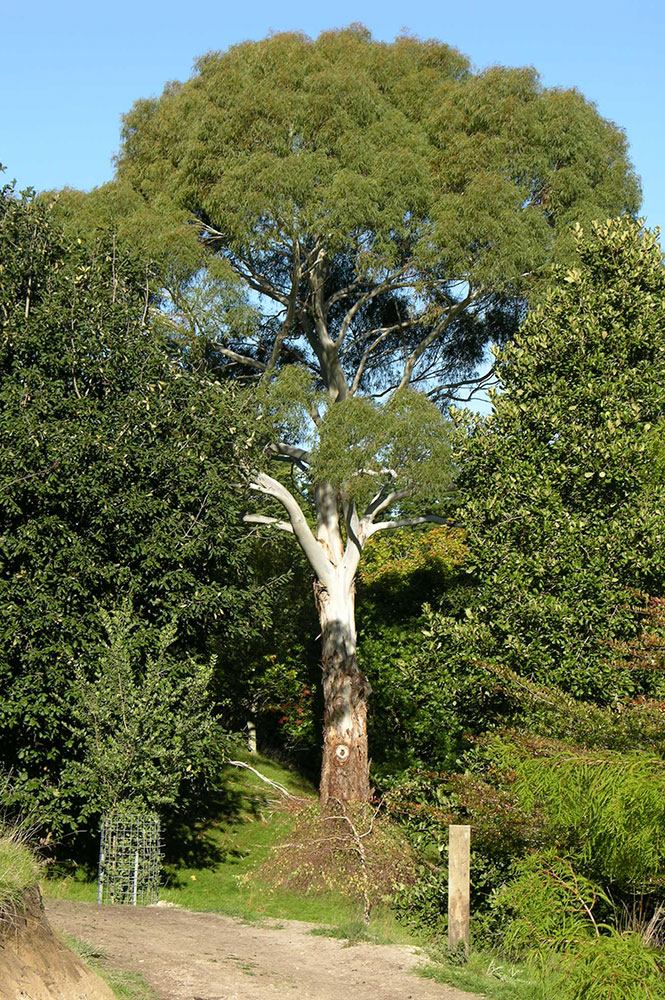
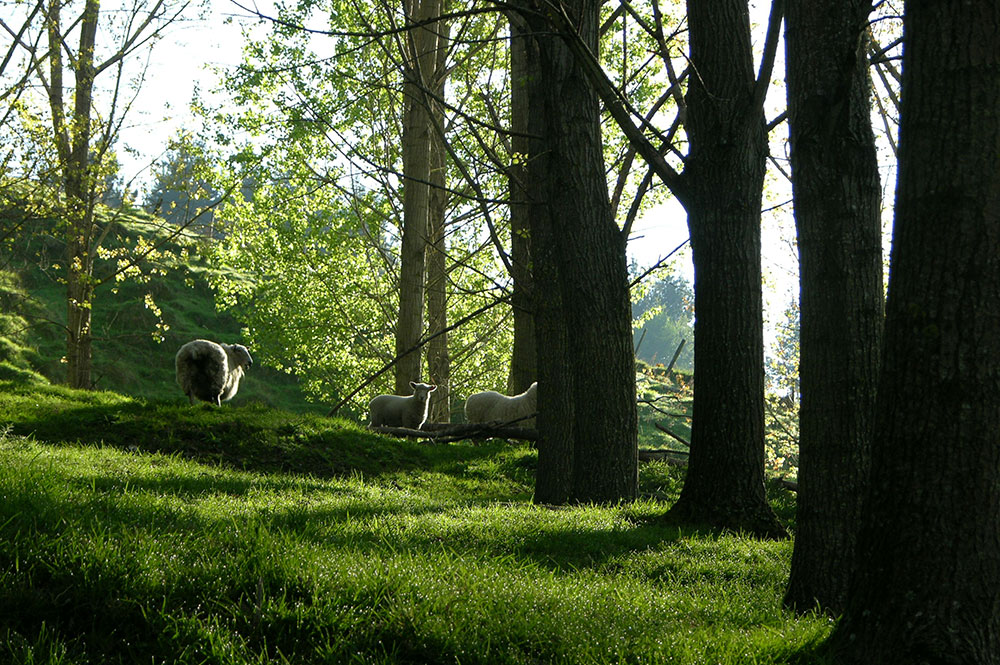
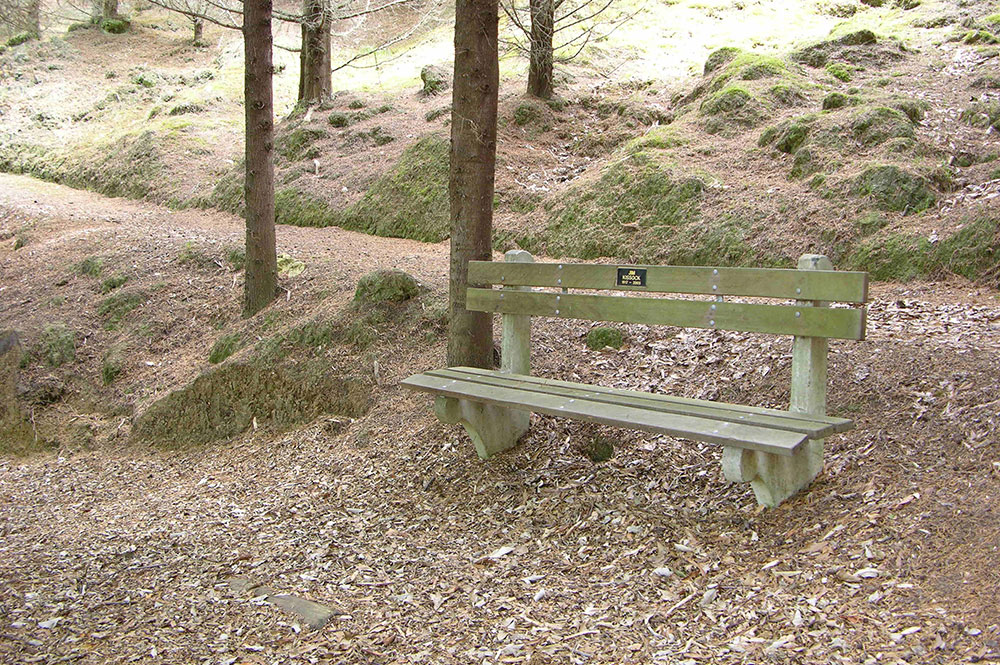
Canaan
The view from the top of Canaan, the highest point in the arboretum, extends up the East Coast to Mt Hikurangi and across to Te Urawera National Park to the west.
In August 1985, a severe overnight rainstorm hit the Ngatapa area. Over 10 inches of rain fell. A major slip from the skyline ridge in Canaan descended and flowed right into Basinhead. Much plant material was lost in this area including a large lilac collection.
At the top of Canaan is a poplar planting as a trial of a Populus.deltoides x P. nigra ‘Italica‘ [Lombardy poplar] hybrid. To the left is a planting of Cupressus lusitanica, both these have been planted to secure the soil on this hill and more specimen trees planted on the lower slopes.
Glen Douglas
Douglas Cook originally put aside land in what is now called Glen Douglas to give to Rob Bayly, then curator of Pukeiti, to start a nursery venture which, due to lack of money, never eventuated.
Most of Glen Douglas was planted in 1960-1961, and as with Douglas Park, it has a strong theme of oaks alders and a Sorbus collection set amongst a series of ponds running down the valley.
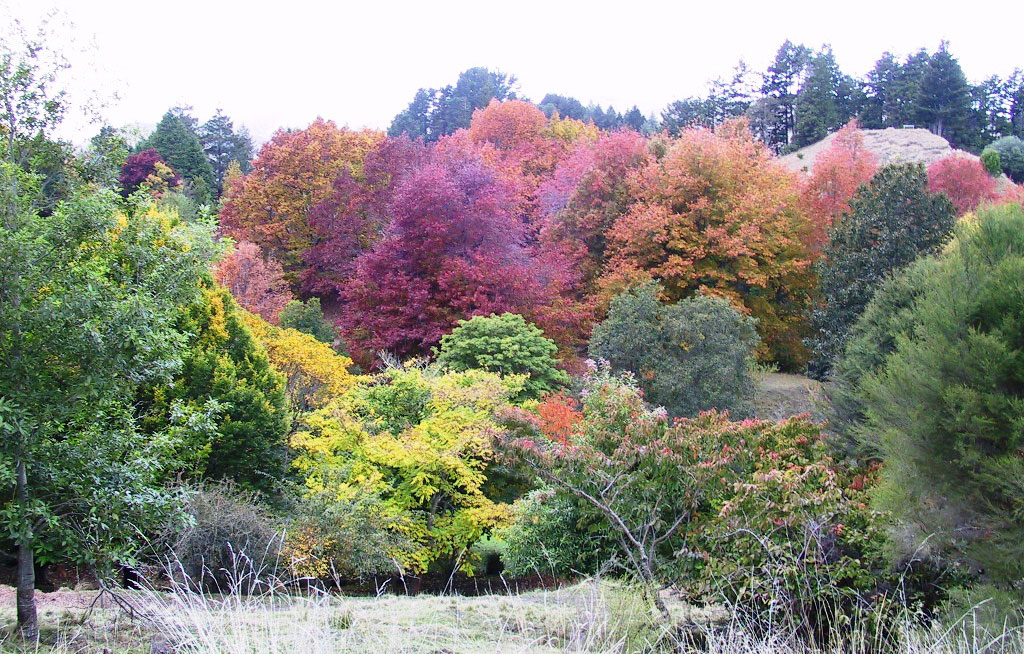
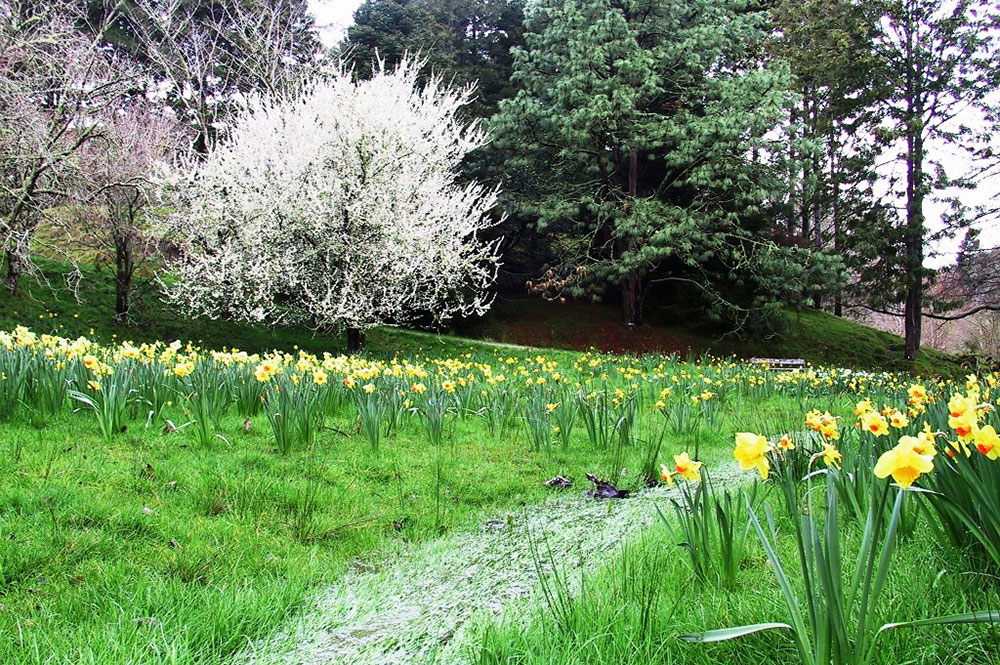
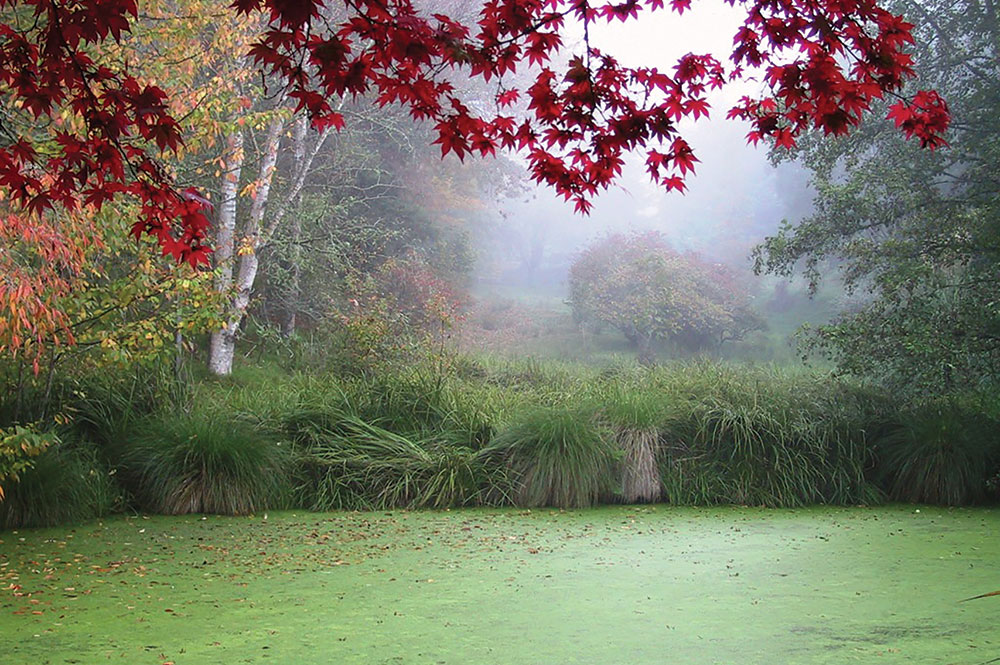
Douglas Park
In 1945 Douglas Cook and Bill Crooks decided to plant 10 hectares of land on what was to become Douglas Park.
However, a lengthy drought followed and the whole planting failed. Douglas took it as a judgement and did not go back to replant until 1949. At this point, the material from England had begun to arrive in quantity. Today the focal point of the valley is the marvellous collection of oak species around the main tracks that make up Douglas Park.
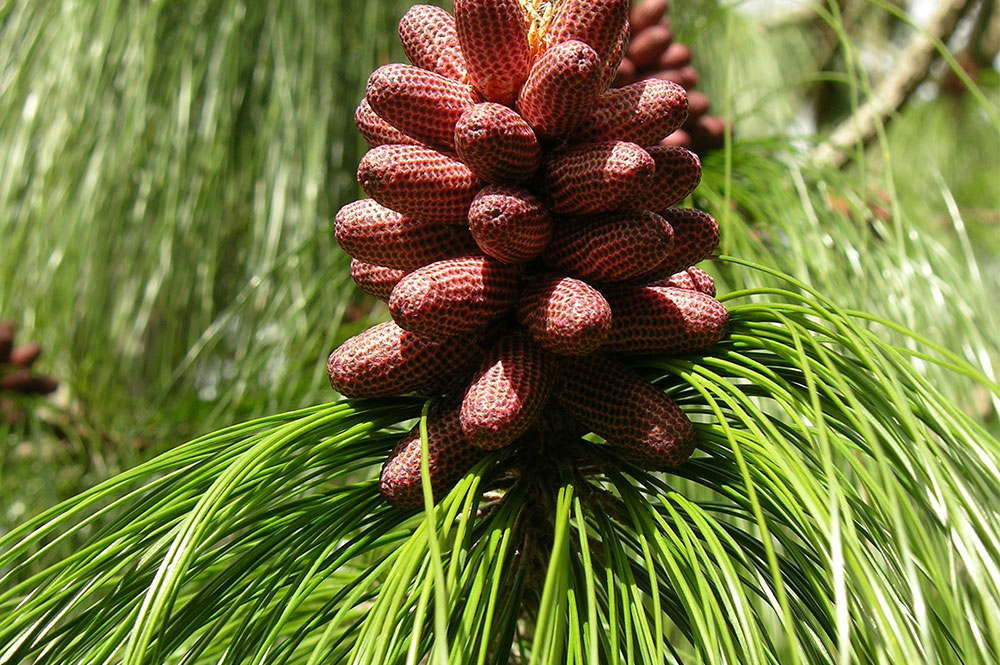
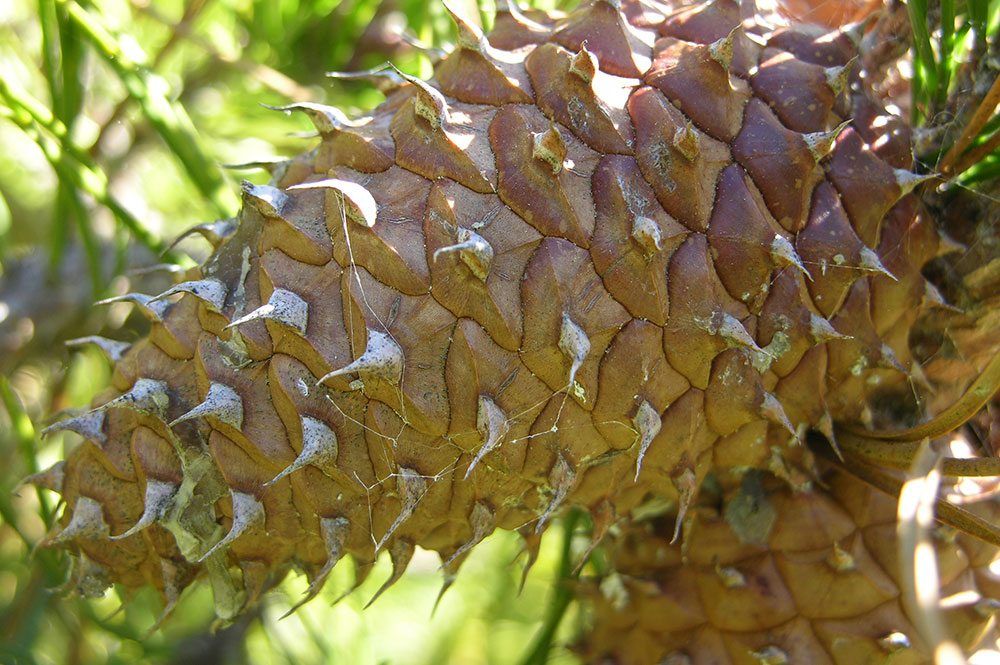
The Pinetum
The Pinetum was established in the early 1990s on a fairly harsh site, not suitable for much except pines.
It now contains over 70 different species, subspecies, and forms of Pinus. A steep walk to the top of Far Horizons gives some wonderful views north across the neighbouring farmland and to the back of the arboretum.
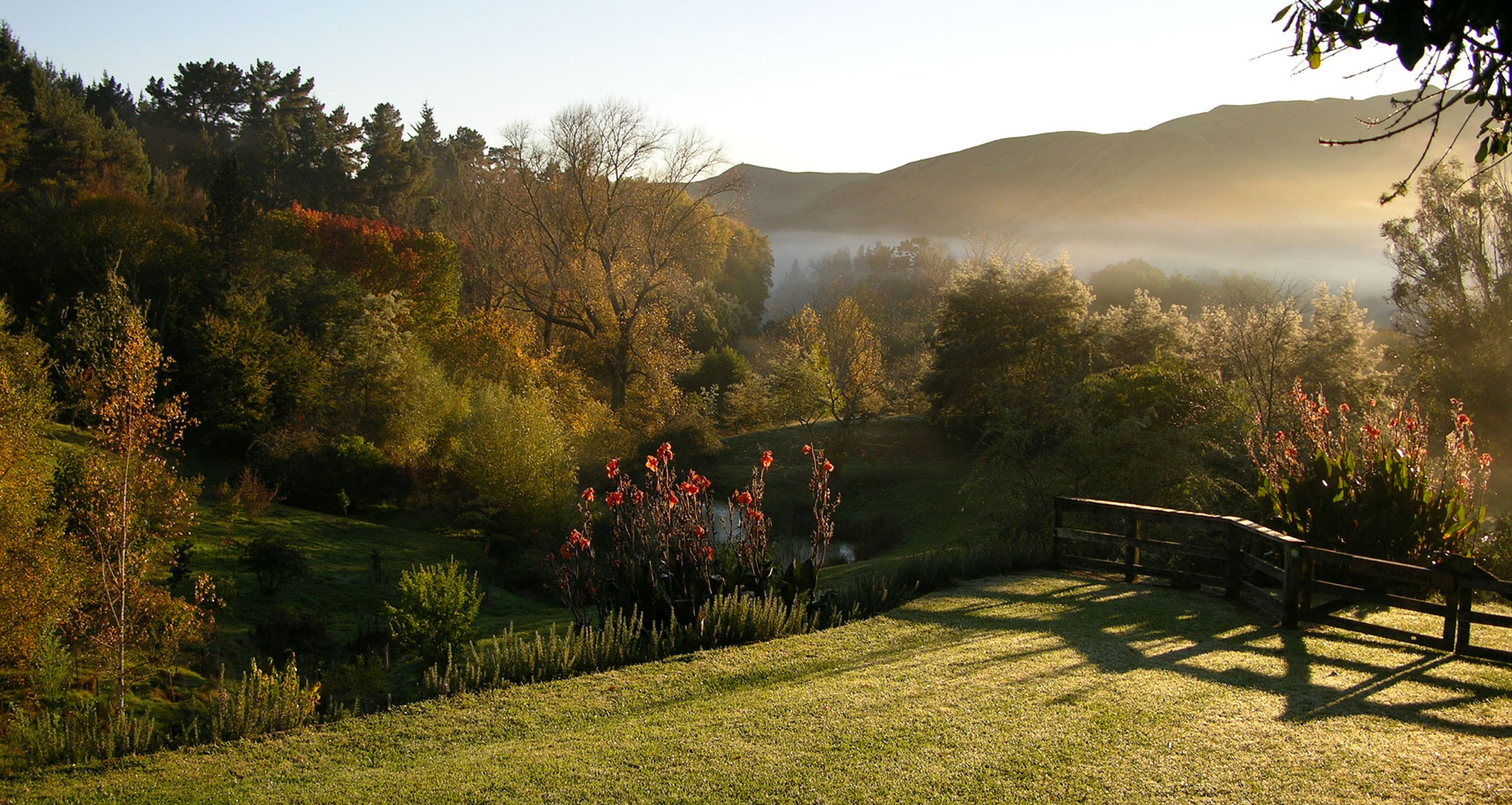
Orchard Hill
At only 5 hectares, Orchard Hill is a small but important part of the Arboretum. The coolness and part shade of the site influenced Douglas Cook to plant cool-loving species there such as Picea, Ilex, and Abies.
Planting in Orchard Hill began in the late 1950s. The Homestead Garden overlooks the lower basin, which was the original site of Cook’s orchard and cherry plantings. Later plantings of Magnolia and other spring flowering trees herald the start of spring each year.
The Circus
The origin of the name of this part of the arboretum goes back to before the mid-1920s.
About 1927 the roads were metalled for the first time and winter access was available. Prior to this in the deep mud of winter, the only way to transport goods up to Rere and beyond to Wharekopae was with bullock teams. Douglas Cook let them camp in this area and his description of the noise, singing, drinking, cooking, animals etc was to call the whole thing a circus.
Earlier shelter belt pines were felled in 1949 and seedling regrowth followed so that in 1956 when Douglas Cook planted the Circus in imported plant material, the Circus Ridge was a dark background. At that time the Kahurangi stream was also dammed, and four ponds were formed.
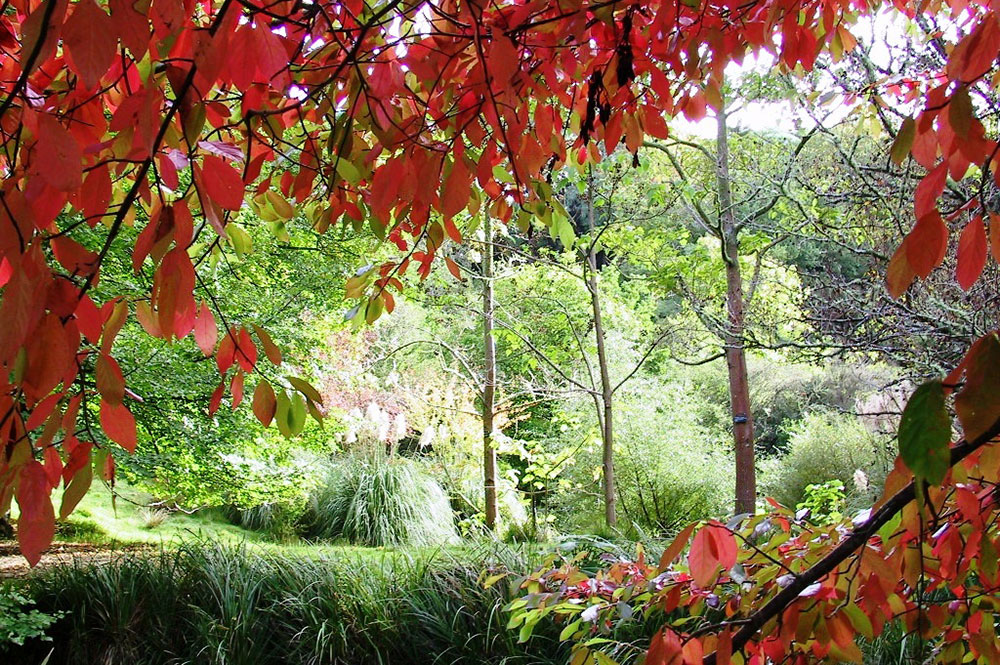
Native Reserve
A relatively recent development, the Native Reserve takes in 2 hectares of natural regenerating bush in Cabin Park, and the 1979 plantings of native timber species undertaken by Forest Research Institute.
These trees are well established now, and over the last few years, the planting has expanded to include many species of native plants, trees, shrubs, and climbers that will grow in the climatic conditions that exist in the district.
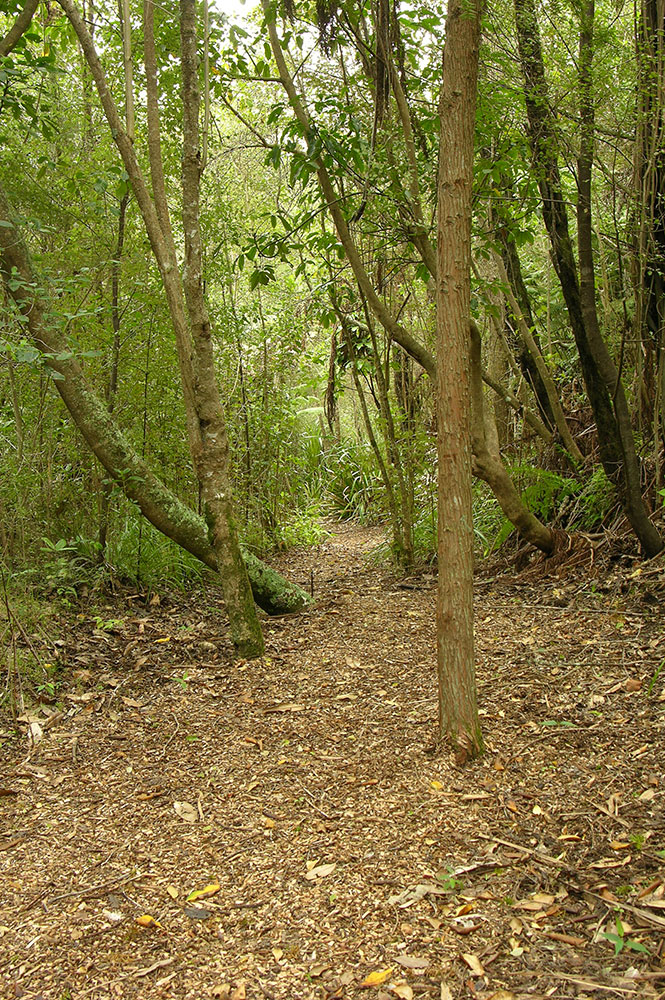
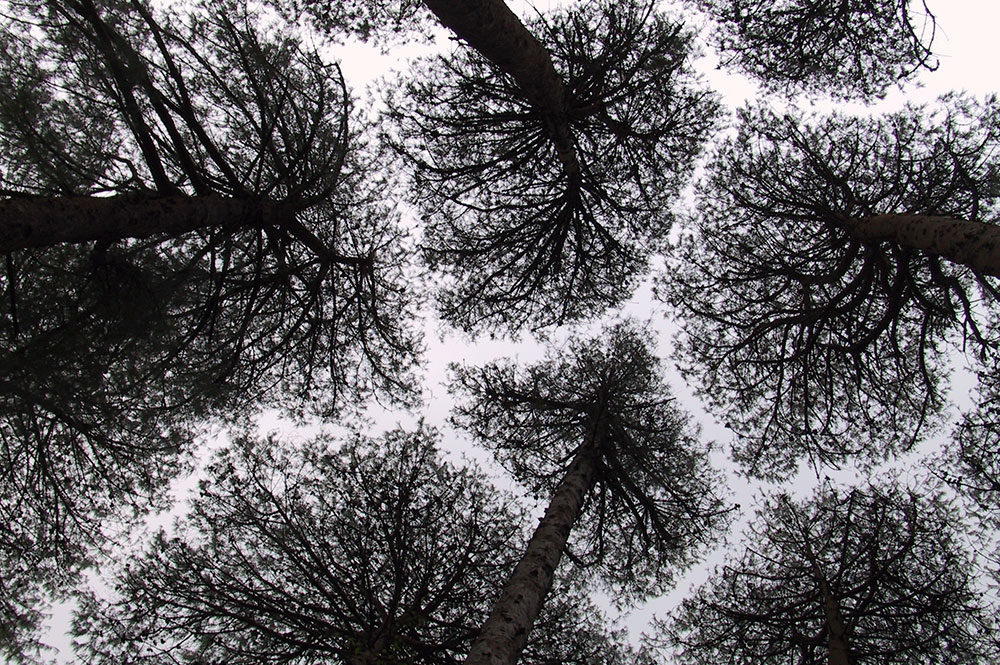
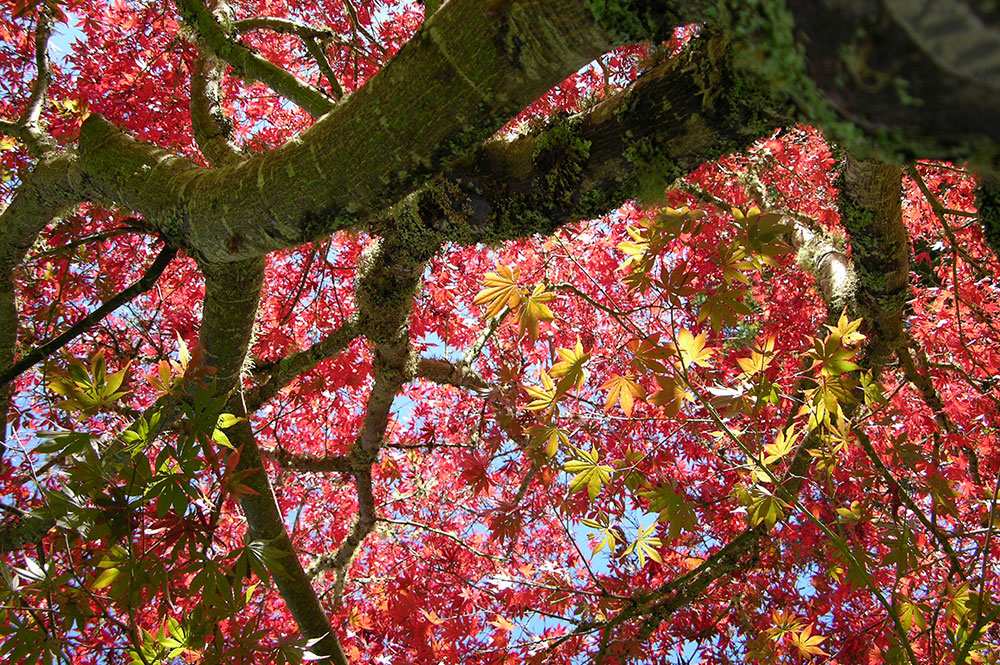
Cabin Park
Cabin Park was Douglas Cook’s major extension of the garden in the mid-1930s. He set out a series of tracks up the hill at the northwestern end, and in 1936 built his ‘Canadian Cabin’ and planted material he thought was frost tender.
Along the gullies in between the house garden and the Burma Road, he set out more extensive areas of conifers, planting groups of them for effect.
The variety of material available from New Zealand nurseries was quite extensive and varied, some materials such as Xanthcerus sorbifolia & Fokenia hodginsonii were not available again in New Zealand until the 1990s.
Pear Park
Pear Park was originally part of the early plantings of Douglas Cook and included an orchard extending alongside Cabbage Tree Avenue and was further planted in the 1950s.
It is a quiet part of the park with some wonderful specimens, including one of the tallest Fraxinus angustifolia in the world at just over 30m and a large Quercus x ludoviciana.
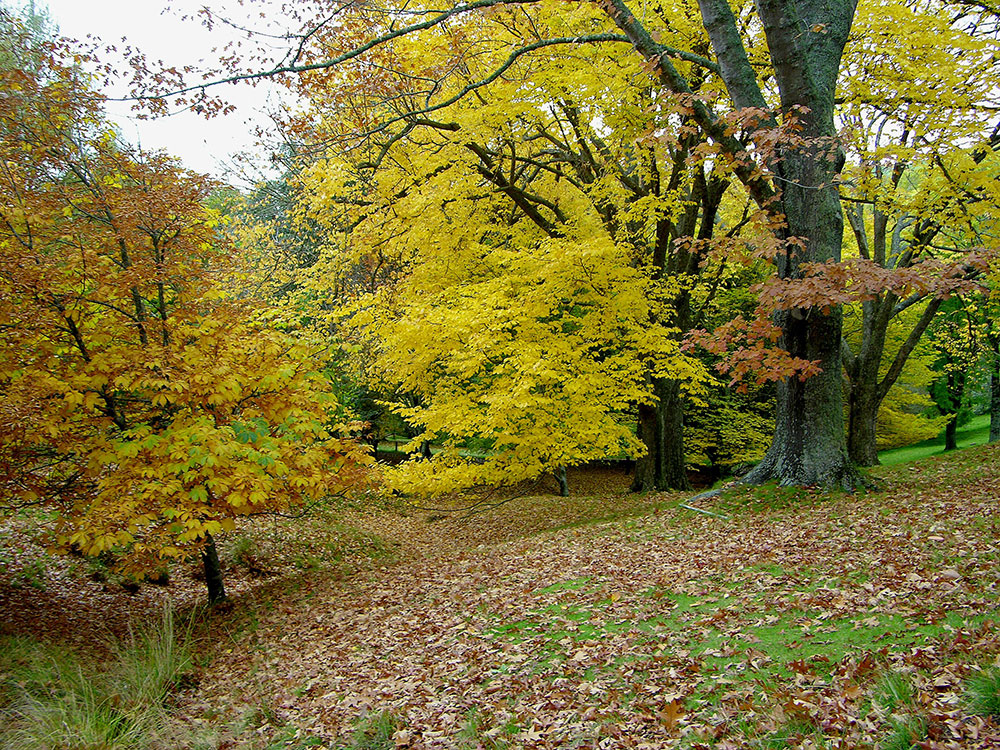
Corner Park
Corner Park was planted from 1928 onwards and contains some of Douglas Cook’s earliest plantings, using mostly plant material bought from within New Zealand.
This was Douglas Cook’s first major effort on the development of his ‘Park’. He envisaged the gardens he might create after seeing the great gardens in Britain during his recuperation in England during the First World War.
The trees on the road edge about Corner Park were planted earlier in the 1920s, these included many plane trees and elm species, and extended from what is called The Circus right down the Hihiroroa Road to the end of the flat he called ‘Burnside’.
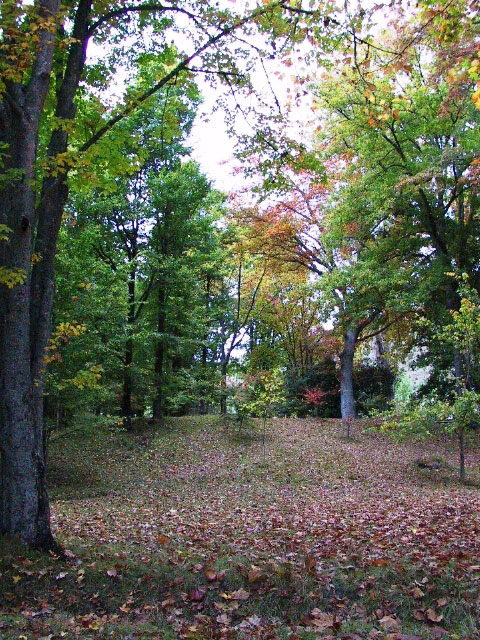
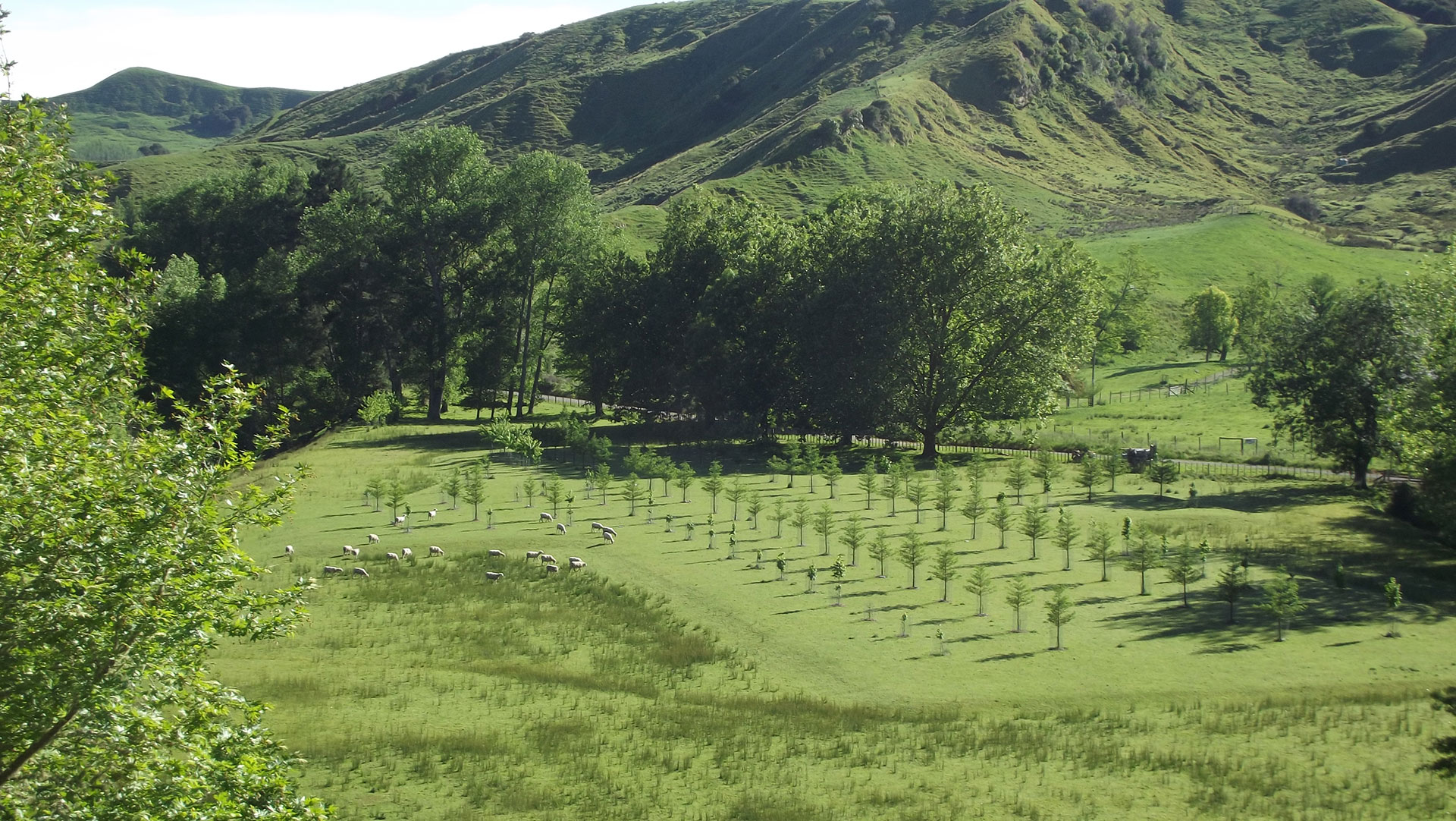
The Cathedrals
One of the delightfully quirky features of Douglas Cook’s plantings at Eastwoodhill is the “Cathedral” at the bottom of Cabin Park. This area in 1935 was the old horse paddock and it grew little more than poor grass and bracken. Douglas started planting groups of conifers to form the nucleus of the area that he was to call “Cabin Park”. In 1936 he and his wife Claire took a trip to Britain, and it could well have been during this time he planned his very own Tree Cathedral, inspired possibly by the form of the great English cathedrals they would have seen on their travels.
On his return, he levelled a small ridge and planted trees in the form of a simple cross. Eucalyptus Regnans form the pillars and Cupressus Lawsoniana form the walls and, what has only recently become recognisable, the chapterhouse, a circle of trees to the side of the main planting. The space between the great towering columns of eucalyptus is what gives this area an almost spiritual atmosphere, even today when some of the original trees are showing signs of deterioration.
Many who visit the “Cathedral” comment on the atmosphere that is created by space within the planted forest, even more so when they discern the form of the cross that is still evident. Over the years numerous little ceremonies have been held in this special place, marriage proposals, weddings, christenings, and quiet reflective meditations. However, many of the trees are in a state of gradual decline and it is time to consider and plan for a new Tree Cathedral and so continue the vision Douglas Cook initiated 75 years ago.
The new Tree Cathedral will be located on a large flat space some distance along the Hihiroroa road and overlooked by the curator’s house. The small stream flows moat-like around three sides and will eventually be bridged to allow walking access from the arboretum tracks. This project is part of the Master plan that was developed by Nelson Byrd Woltz, the internationally renowned landscape architect from the U.S.A., and is the first of a number of developments that will take Eastwoodhill forward into its second century.
Work on the site started between Christmas and New Year 2014. It has been cleared and groundwork is well underway to provide for a raised, smooth, and well drained space where the trees that will form the Cathedral design will be planted. The dimensions are exactly the same as Westminster Abbey, 170 m. long and 70 m. wide at the widest point and this is a perfect fit for the site.
Selecting the most appropriate tree species is the next step; these will be planted in double rows on either side of a 12m. Wide central aisle. Their trunks, high pruned as they age, will replicate the massive pillars of a cathedral and their interlinking branches, the vaulting of the roof. Several species will be used to provide contrasting textures and to ensure the design survives in the unfortunate event that some as yet unknown disease affects one of the chosen species.
